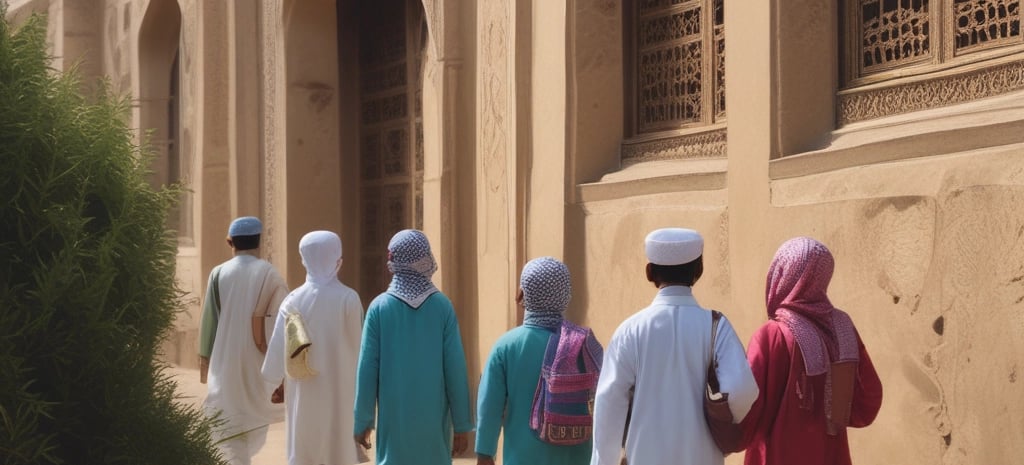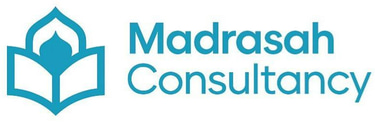Keeping Our Madrasahs Safe in This Current Situation
In today’s climate, madrasah safety cannot be left to chance. As headteachers, we must be proactive and regularly review our risk assessments. This post highlights five key areas every madrasah should look into, from arrival and pick-up procedures, to door security, Salah times, student movement, and community support. Alongside practical measures, we must also instill in our children the duas of protection, combining vigilance with trust in Allah.
MADRASAH LEADERS
Maulana Mohim Khan
10/4/20252 min read


One of the qualities of a good madrasah head is that we take proactive measures rather than waiting until something happens.
As days are passing in the UK, the unpredictables are sadly becoming more normal, from vandalism of masajid to even the plotting of New Zealand-style attacks.
It is our duty as madrasahs, with staff, students, and visitors attending daily, to ensure that we are carrying out fresh risk assessments and tightening our safety procedures.
Here are 5 key areas for headteachers to look into:
1. Arrival and Home Time Procedures
Look carefully at how children are arriving to madrasah and how they are being collected. Are there gaps or risks at these times?
Are parents leaving their children outside, waiting for doors to open?
Are staff present early enough to ensure no child is left unsupervised?
Are there clear procedures for pick-up so children are not left waiting outside at the end?
Children should not be unsupervised at any time, particularly at arrival and home time.
2. Door Security
Madrasahs must have controlled door access. Consider:
Is there someone present at the doors during arrival and dismissal?
If there are multiple entrances, are all of them being monitored?
Once children have entered, are all doors locked where classes are taking place?
The aim should be that no one from the public can access the madrasah without permission.
3. Salah Times
For those madrasahs that share the same space as the masjid, extra vigilance is essential during Salah times.
Have you done risk assessments around drop-off and pick-up that overlap with Salah?
Are measures in place to ensure the public does not have access to madrasah children during these times?
This is an area where extra care and planning is needed.
4. Student Movement
Reflect on how students are moving within the madrasah:
Are there caretakers or supervisors available to monitor movement?
Are children going into areas of risk, such as toilets shared with the public?
Do you have systems to minimise unnecessary movement across the site?
Supervision and restricted access are key to reducing risks.
5. Community Support & Future Planning
Madrasahs can strengthen safety further by:
Involving volunteers or parents to help at key times, even wearing high-vis jackets for visibility.
Considering investment in improved intercom and door security systems.
Regularly reviewing and updating risk assessments to adapt to new challenges.
Final Note
We ask Allah for His protection, but alongside that, it is our responsibility as leaders to ensure every possible step is taken to safeguard our children and staff.
And just as important: teach our children the duas of protection so that they learn to rely on Allah alongside our practical efforts.
Please note, this is not an exhaustive list. If there are additional safety measures or points you feel I have missed, do share them in the comments so we can all benefit.
